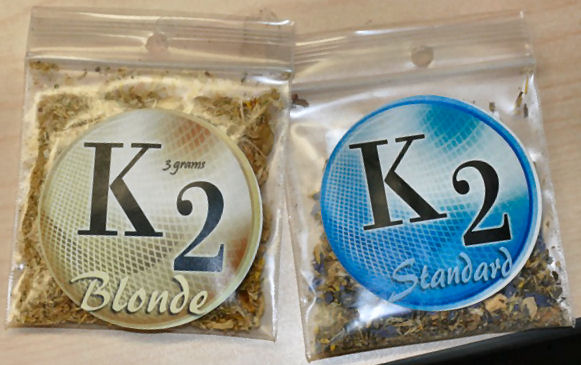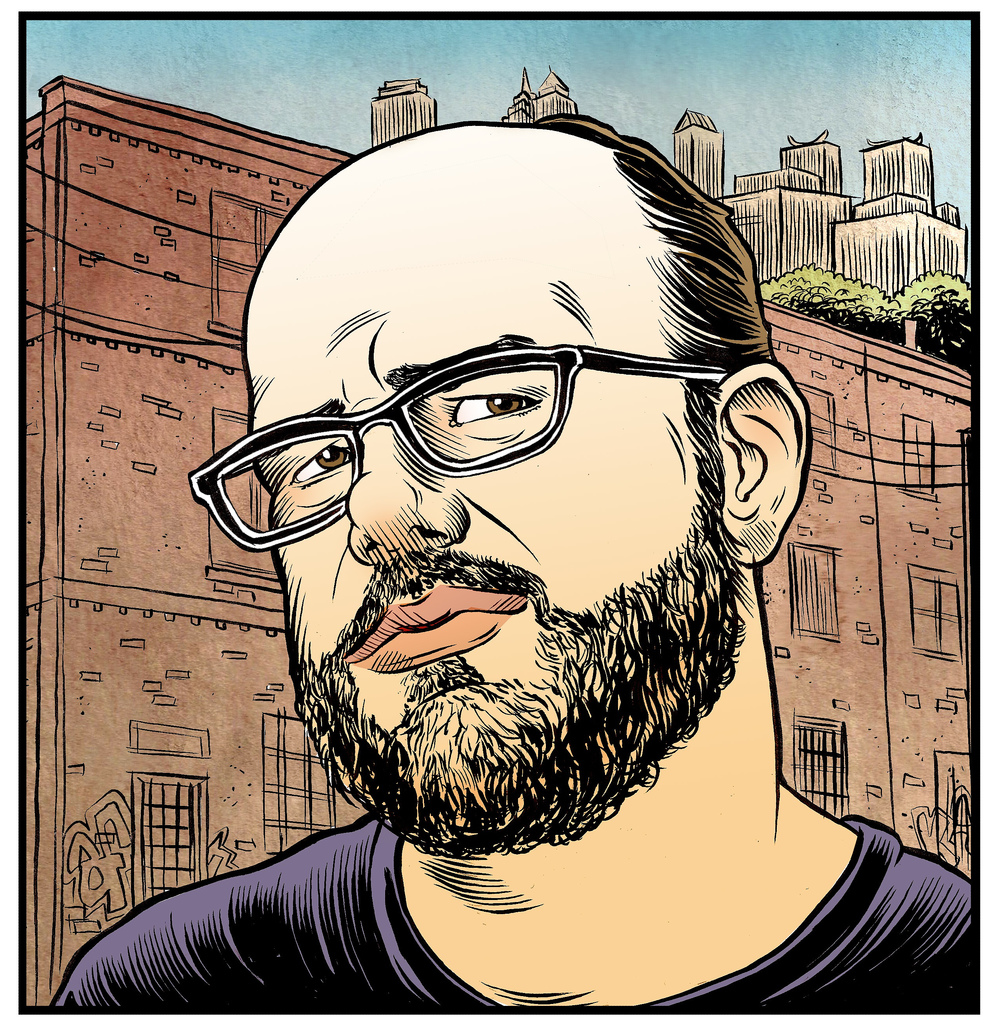
 THE FIX: Over the past few years waves of drug-hysteria stories about new synthetic substances have flooded the media; headlines shouted that emerging drugs like the stimulant mephedrone were being sold legally, marketed as “bath salts” body products and wreaking havoc on the minds of drug abusers. Even as legislators scrambled to ban this demonized new test-tube high, habitual substance abusers in drug-soaked inner cities like Philly shrugged. Who needs bath salts when you can get whatever you want, whenever you want, at high potency and low cost on one of the city’s hundreds of drug corners?
THE FIX: Over the past few years waves of drug-hysteria stories about new synthetic substances have flooded the media; headlines shouted that emerging drugs like the stimulant mephedrone were being sold legally, marketed as “bath salts” body products and wreaking havoc on the minds of drug abusers. Even as legislators scrambled to ban this demonized new test-tube high, habitual substance abusers in drug-soaked inner cities like Philly shrugged. Who needs bath salts when you can get whatever you want, whenever you want, at high potency and low cost on one of the city’s hundreds of drug corners?
But one new synthetic drug class found a market niche and widely took hold among a subset of Philly drug users: designer THC, pot’s active ingredient. An organic chemist at Clemson University, John W. Huffman, was the first to synthesize a host of very common THC look-alikes, such as JWH-018 and JWH-073, telling the Guardian in 2009 that doing so was “nothing special.” Big Pharma started experimenting with cannabinoid analogs some two decades ago, largely to learn more about the function of the brain’s CB1 and CB2 receptors, which target these molecules. (The CB1 receptor appears to be responsible for THC’s psychoactive effects, while CB2 processes its anti-pain and anti-inflammatory benefits.)
By the early 2000s, these compounds were making their way onto the streets of the developed world, with its lucrative trade in mood alteration. Typically, the chemicals are sprayed onto plant matter that looks like pot and is purchased at gas stations and head shops around Philly in little K2 branded ziplocs resembling the $40 weed sacks sold on street corners. And despite an emergency DEA ban on these substances last year and their being made officially illegal in the United States last March, the drug’s popularity on the streets has skyrocketed. MORE
